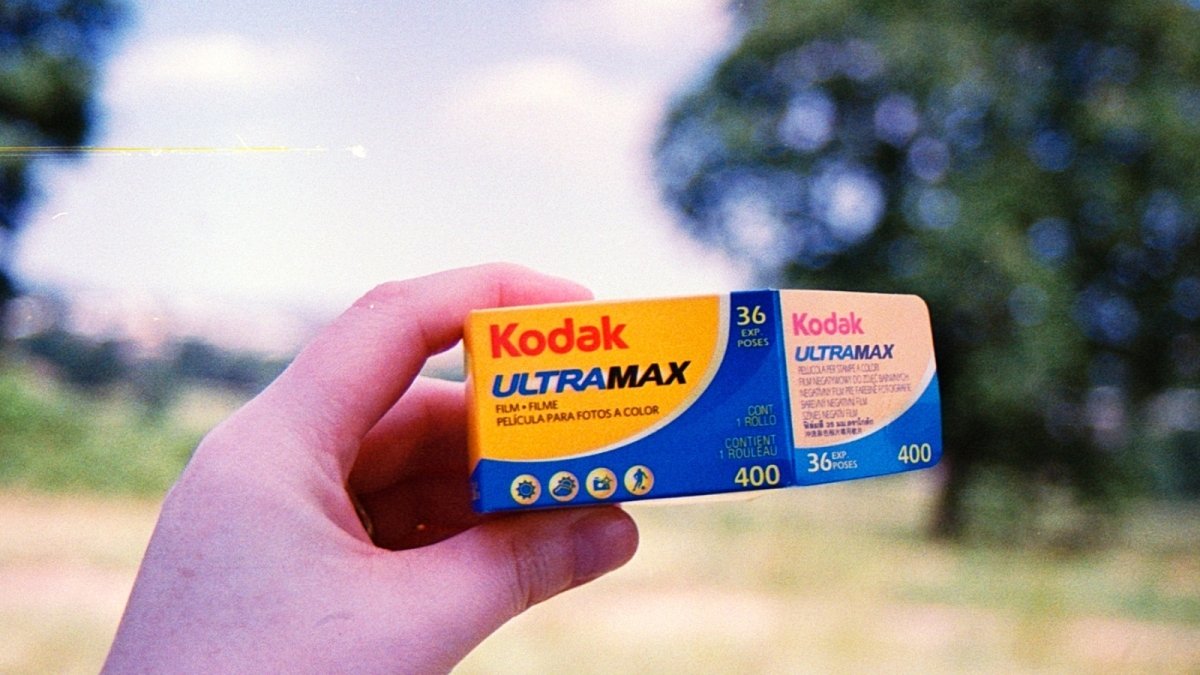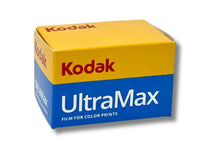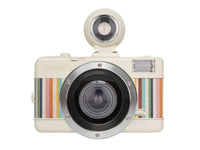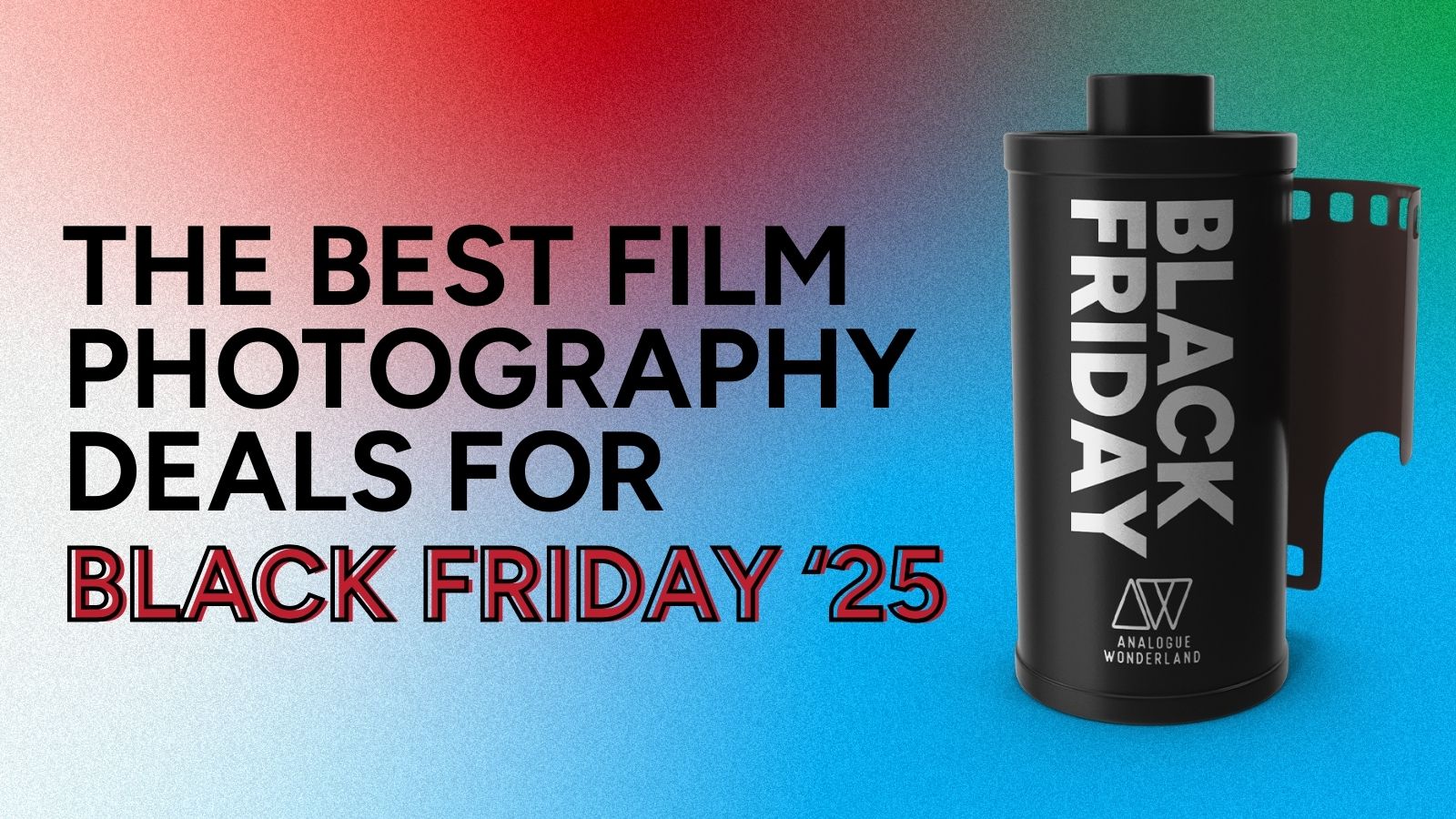Black Friday 2025 has landed at Analogue Wonderland, bringing some of our biggest film photography deals of the year - from discounted film and cameras to money-saving WonderLab processing offers, exclusive bundles, and festive specials available for a limited time only. Grab a great deal while stocks last!
Recent posts
Shop the article

A Guide to Shooting with Kodak UltraMax 400 Film
By Karen Freer
Shooting with Kodak UltraMax 400 film can create stunning results, if you know what settings and techniques to use. Explore tips to help you get the most out of your rolls of Kodak UltraMax, including information on exposure settings, subject matter and fun ways to experiment.
 (c) Paul McKay | Kodak UltraMax 400
(c) Paul McKay | Kodak UltraMax 400
Select the Right Exposure Settings
The correct exposure setting for your photos will depend on a few factors such as lighting conditions and the type of camera you are using.
Whenever possible it’s best to choose the same exposure setting that the film is rated at. This will ensure you get as natural and detailed photos as possible. Generally, Kodak UltraMax 400 is best used with an ISO setting of 400 and depending on your lighting situation, a shutter speed of 1/125th to 1/250th of a second will be perfect.

Choose the Right Subject Matter and Lighting
All films have a unique look and you will find that different situations sometimes suit one film over another.
When it comes to Kodak UltraMax, this film is great in the sunshine, it brings out the rich vibrant colours and allows your photos to pop, so avoid shooting in low-light conditions (unless you have a flash) or areas without much colour contrast.

Shoot Multiple Exposures on One Frame
Another technique you can use when shooting with the Kodak UltraMax 400 is to take multiple exposures on one frame. This allows you to get creative and play around with exposure settings, as each subsequent photograph will be taken using a different setting. Be sure to move your camera slightly between each shot for the best results.
We have a guide here to help you get creative with double exposures.
Experiment with Different Camera Lenses and Filters
Another great way to experiment with Kodak UltraMax 400 is to play around with different lenses and filters, and types of film camera.
Different lenses can produce a wide variety of effects that can add extra dimensions of personality to your photos. Filters can also be used to help control or reduce light, or even some of the sharper edges, depending on the type of filter you use.
Try using a close-up lens for your portraits for an amazing bokeh effect.
Or maybe you have a fisheye camera or lens that you can play with to take fun photos with.
 (c) Karen Freer | Lomography Fisheye Camera | Kodak UltraMax 400
(c) Karen Freer | Lomography Fisheye Camera | Kodak UltraMax 400
We hope this has given you a bit of help getting started with Kodak UltraMax, if you have any questions leave them in the comment section below.
We are also frequently asked whether Ultramax is better than Gold - click on that link to find out more!
Ready to dive in?
Keep Reading
View all
Christmas 2025: Shipping & Opening Hours
Christmas 2025 is fast approaching! To make sure your analogue goodies arrive in time, take note of our last shipping dates, plus opening and operating hours over the festive season. We've got everything you need to gift the magic of film photography this Christmas!

Film Photography Christmas Gift Guide 2025: Analogue Wonderland
Capture the magic of Christmas with film - no filters needed. Our 2025 Film Photography Christmas Gift Guide 2025 is packed with thoughtful presents for every type of shooter, from curious beginners to seasoned photographers. Discover film stocks, cameras, and creative accessories that will make this festive season truly memorable.
Subscribe to our newsletter 💌
Sign up for our newsletter to stay up to date on film photography news, sales and events:
Free Tracked Shipping
On all UK orders over £50
Passion For Film
An unbeatable range and an on-site lab
Our Customers Trust Us
Thousands of independent 5* reviews
All Deliveries are Carbon Neutral
Independently audited and verified by Planet
- Opens in a new window.







